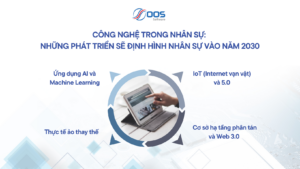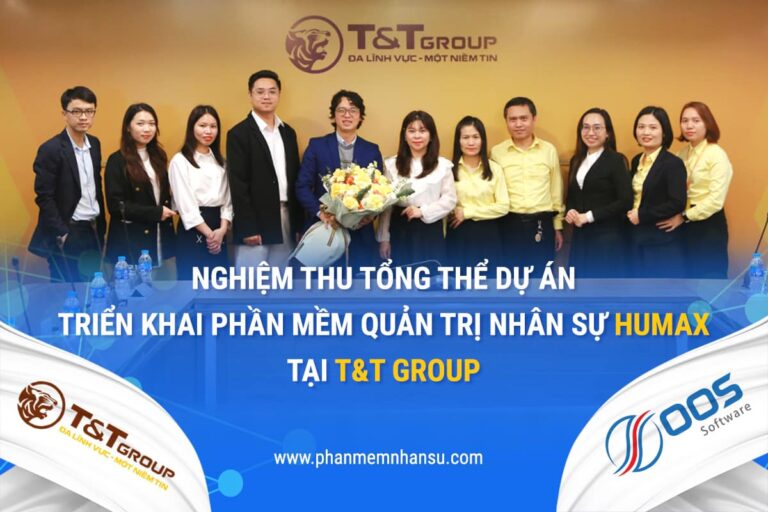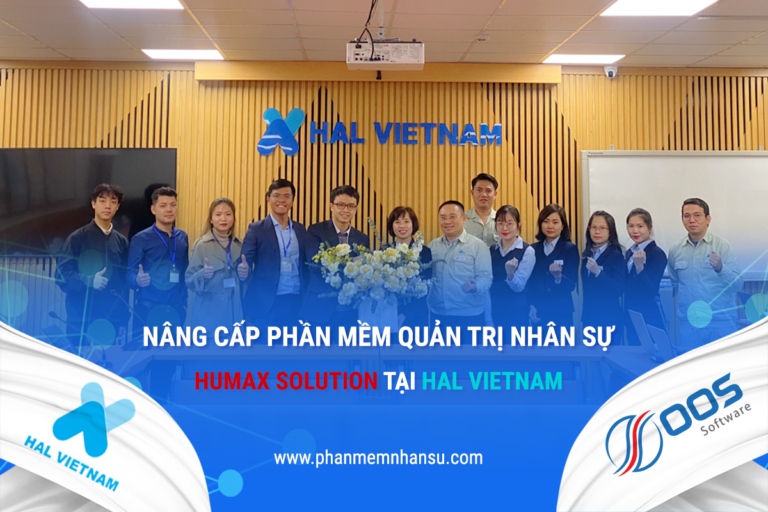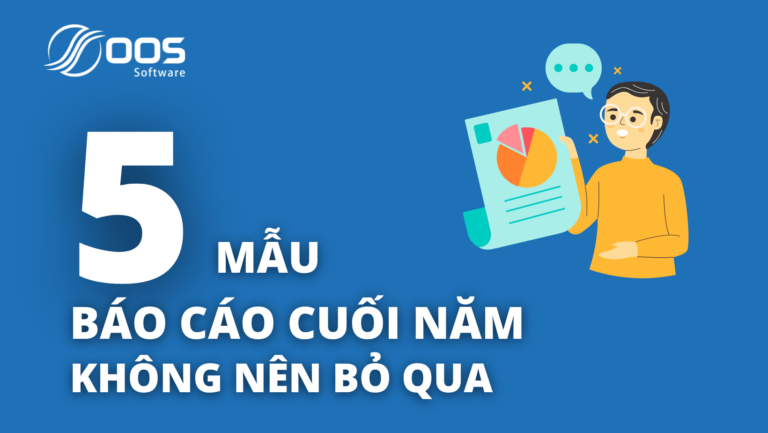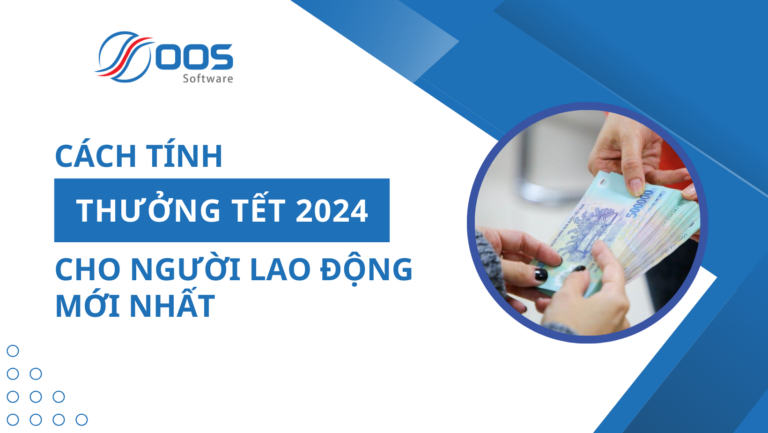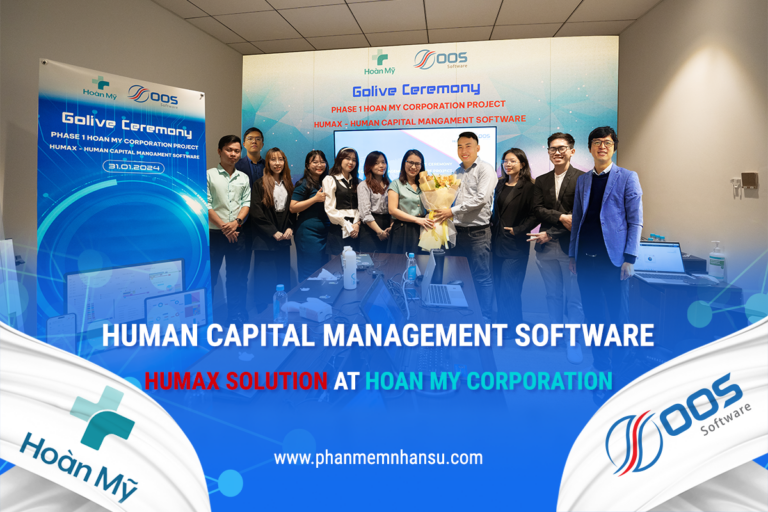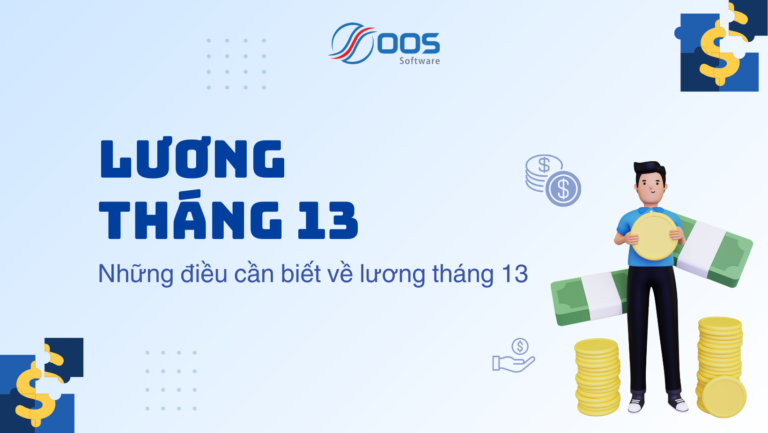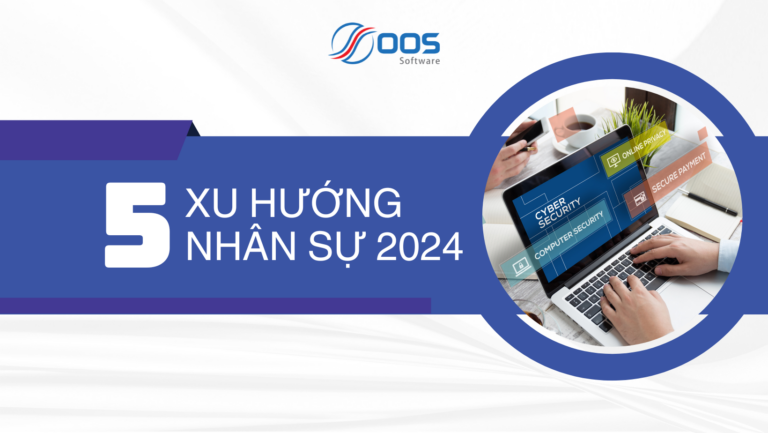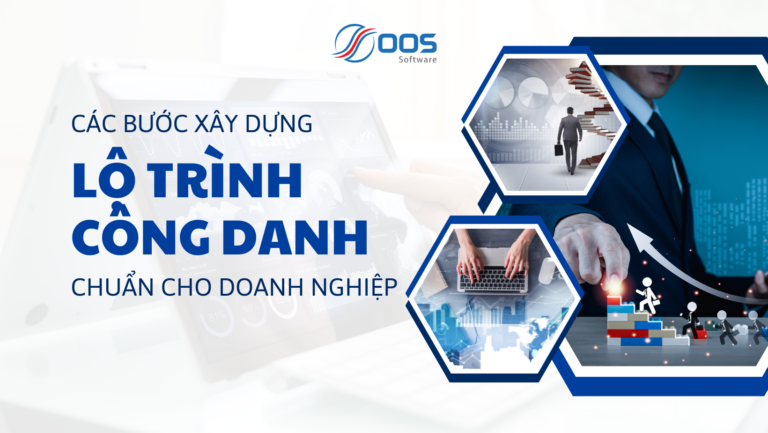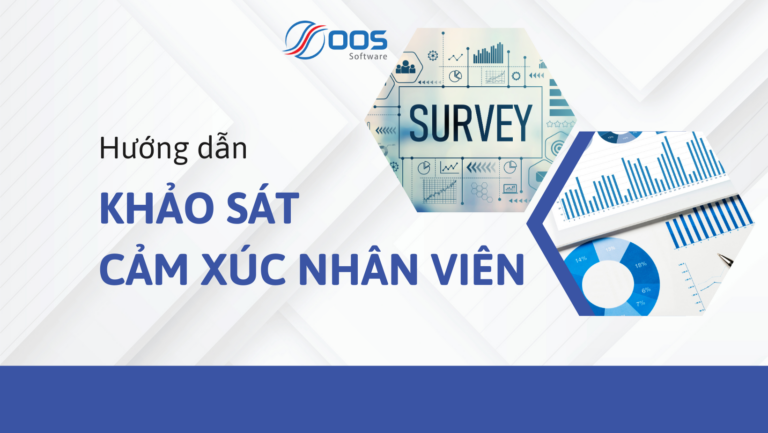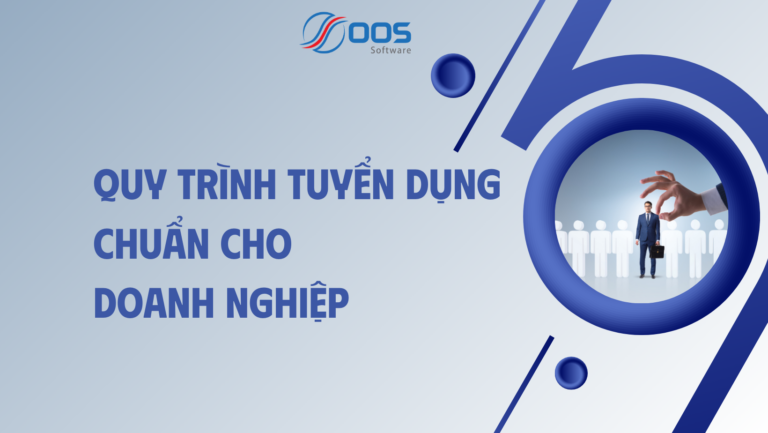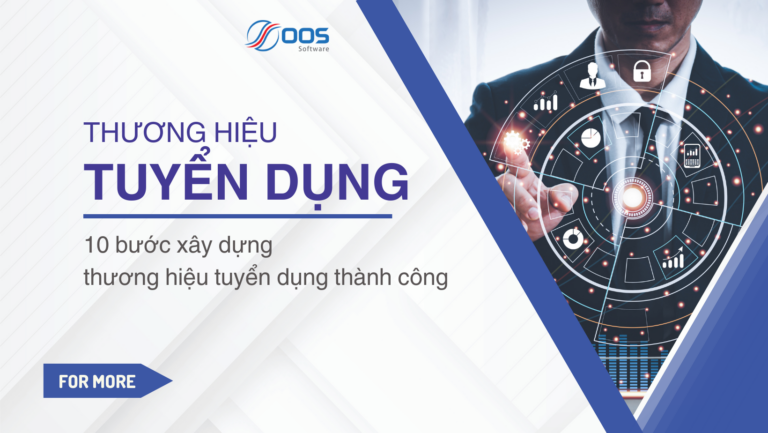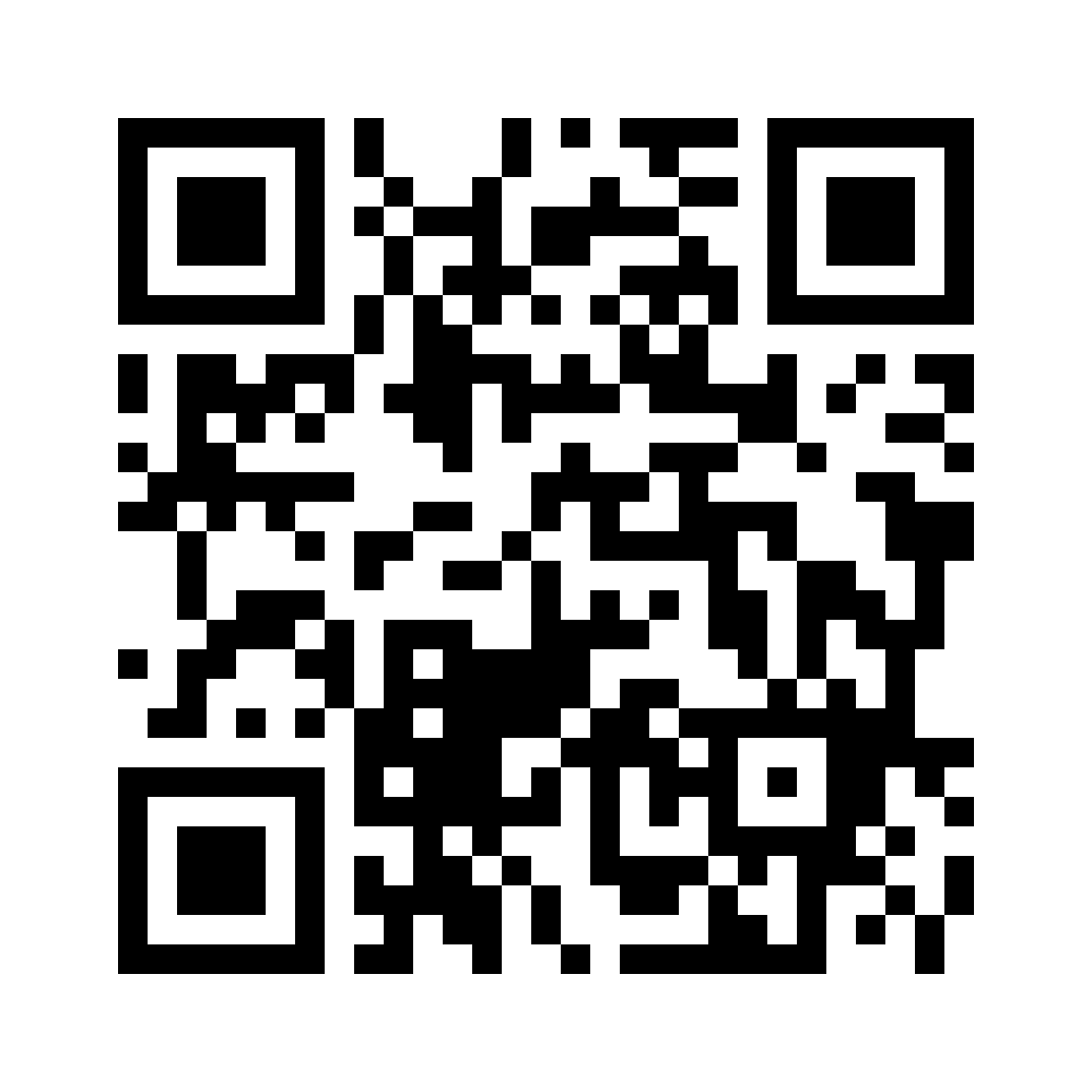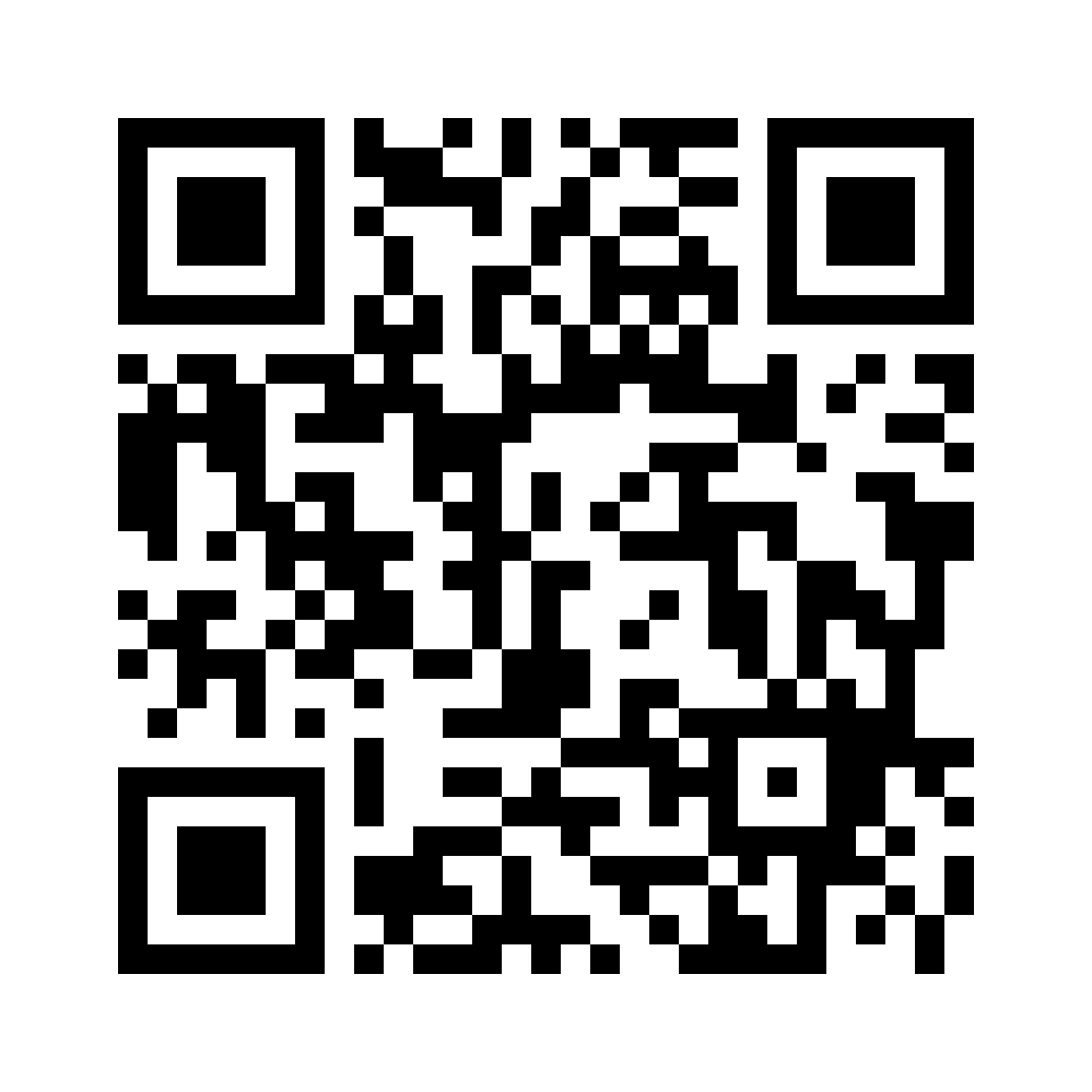Technology in human resources has been and will play an important role in changing this field. As we enter Industry 4.0 and 5.0, we will see more important advancements that will allow us to reshape the future of HR and the value it brings to organizations. These advances will not be interrupted and will impact HR professionals, reshaping HR management practices and methods.
How has technology changed HR in the past?
Technological advances such as the steam engine changed the face of production as well as the way products and goods were transported. The advent of the world wide web in the early 1990s and recent advances in mobile accessibility have also led to innovative working models. Today, technology has become not only an important part of the workplace but also an important part of the workforce. Technology is increasing jobs, becoming smarter and playing an important role in the design and execution of work.
Technology has significantly changed human resources. From our roots, in the early 20th century, paper-based methods of record keeping and labor relations to the connected, integrated and digital employee experiences that professionals HR promotion today.
Advances in HR technology are often only seen in databases and transaction automation, but the true impact of HR technology goes much further. To fully understand this landscape, let's look at technological advancements in HR based on five major movements.
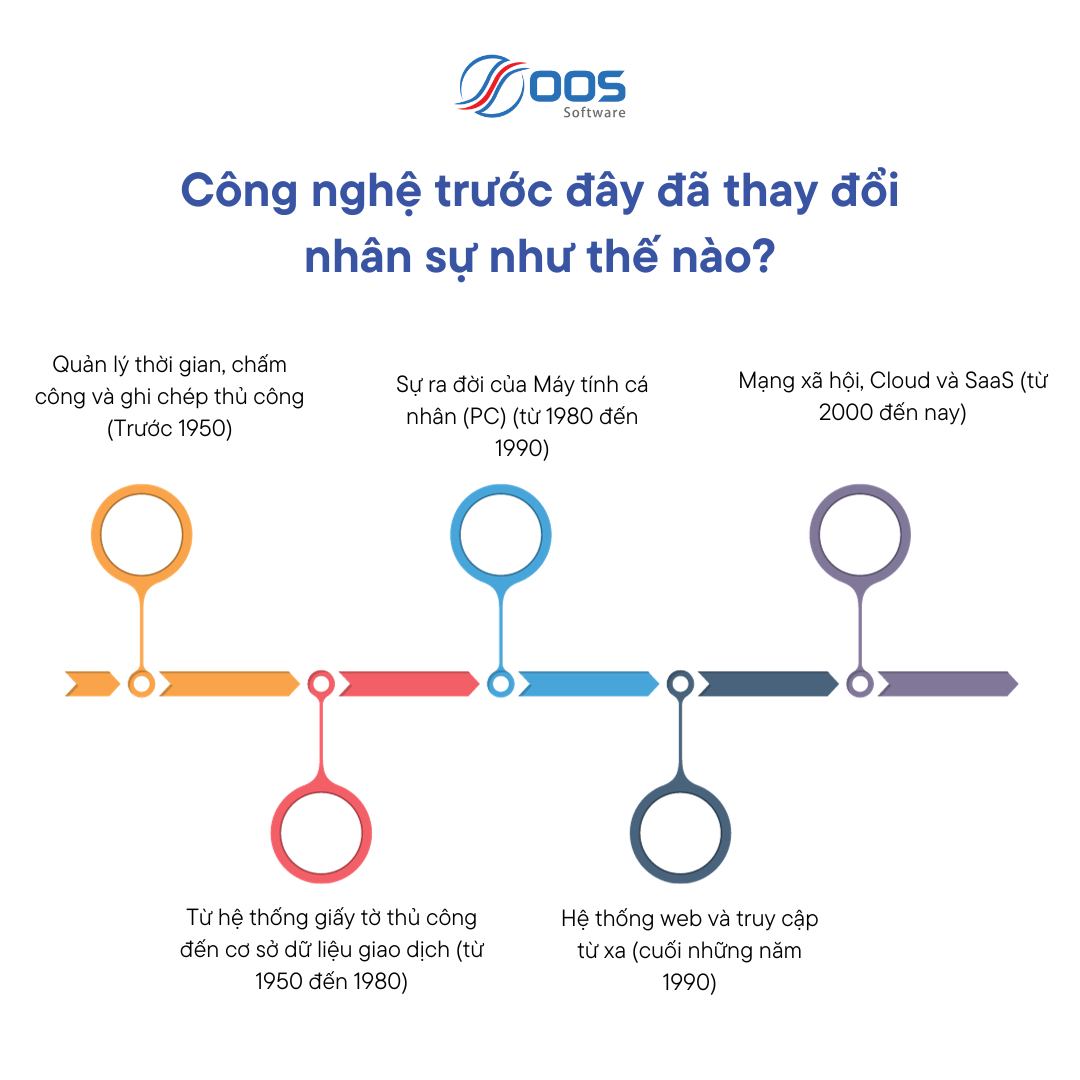
Step 1: Time management, timekeeping and manual recording (Before 1950):
The earliest forms of human resource management technology can be described as manual document storage systems that involved storing employee records and recording work time and attendance through bookmark system. IBM was a prominent name during this period with the "IBM Punch Card". The automatic clock provided greater accuracy in tracking employee time worked and subsequent pay, with advances in computerized systems used for basic transaction processing in 1940s. Typically, these systems were used primarily for salary payments; they are large, expensive and mainly used by large organizations.
Step 2: From manual paper systems to transactional databases (from 1950 to 1980):
The development of the main server system allows the automation of more complex processes such as the collection, storage and retrieval of employee records. During this period, Human Resources Information Systems (HRIS) were developed, which remain the basis of many modern HR management technologies. As organizations became more complex and sophisticated, the need for client-server technology led to the development of Enterprise Resource Management in the 1980s. This era saw its dominance of organizations such as IBM and SAP in the market and introduced major advances that are still the basis of many technologies used today.
See more: What is HRIS? Comprehensive HRIS Human Resource Information System
Step 3: The birth of Personal Computers (PCs) (from 1980 to 1990):
Personal computers and networking have led to a significant change in the way HR data is used. Personal computers create opportunities for greater workflow-related processing, improving the speed and efficiency of HR services. HR systems have become more affordable for small and medium-sized organizations, but on-site network limitations have led to limited use by employees and managers located in headquarters or regional offices. outside area. The first version of PeopleSoft was released in 1989 as the first comprehensive client-server integrated HR management solution.
Step 4: Web systems and remote access (late 1990s):
The web system has marked a new phase of human resource management technology. The ability to access HR systems remotely and the increase in data storage and computing power has led to the development of employee self-service technologies and advanced reporting and analytics capabilities. Self-service portals have been integrated into corporate intranet solutions and are widely used to reduce HR management costs. Many HR practices are becoming more technological, and the development of the first job board by Monster in 1994 and the Applicant Tracking System in 1998 was a milestone that would change forever. hiring practices forever.
Step 5: Social networks, Cloud and SaaS (from the 2000s to today):
Social networks in the early 2000s changed the field of Human Resources Management, especially in recruitment and employer branding. Public rating platforms emerged and provided a place where employees could rate their companies.
Nowadays, Human Resource Management has moved up Cloud data (Cloud) and many new Software as a Service (SaaS) platforms have quickly emerged. The HRM Technology market is expected to grow to $63 billion by 2032. These modern systems are built from the employee perspective for employee experience and data first. intelligence, leading to a continued move away from the traditional and heavy IT architecture.
Major advances in people analytics have also seen a significant increase in analytics tools and platforms used alongside traditional core HRM systems. These advances have required more sophisticated methods in data management and IT architecture, an area that has been a major pain in the past. Virtual assistants have also become popular as a method for providing Human Resources Management services. With technologies like ChatGPT opening up new possibilities regarding language processing models, we can expect a significant increase in the adoption of these technologies in the coming months.
Significant digital challenges in Human Resources Management
Research by AIHR on “The State of Digital HRM” showed that, despite the increased impact of the pandemic on the adoption of Digital HRM solutions, some significant challenges remain if we want to maintain this progress. Participants in the study still cited hesitancy to experiment with Digital solutions, lack of an innovative culture in the HRM sector, resistance to new technologies and lack of skills digitizing. The extent to which HR strategies are digitally enabled and linked to business priorities also varies depending on organization size, with large enterprises (10,000+ HR) catching up further both medium and large organizations in adopting Digital Human Resources Management solutions.
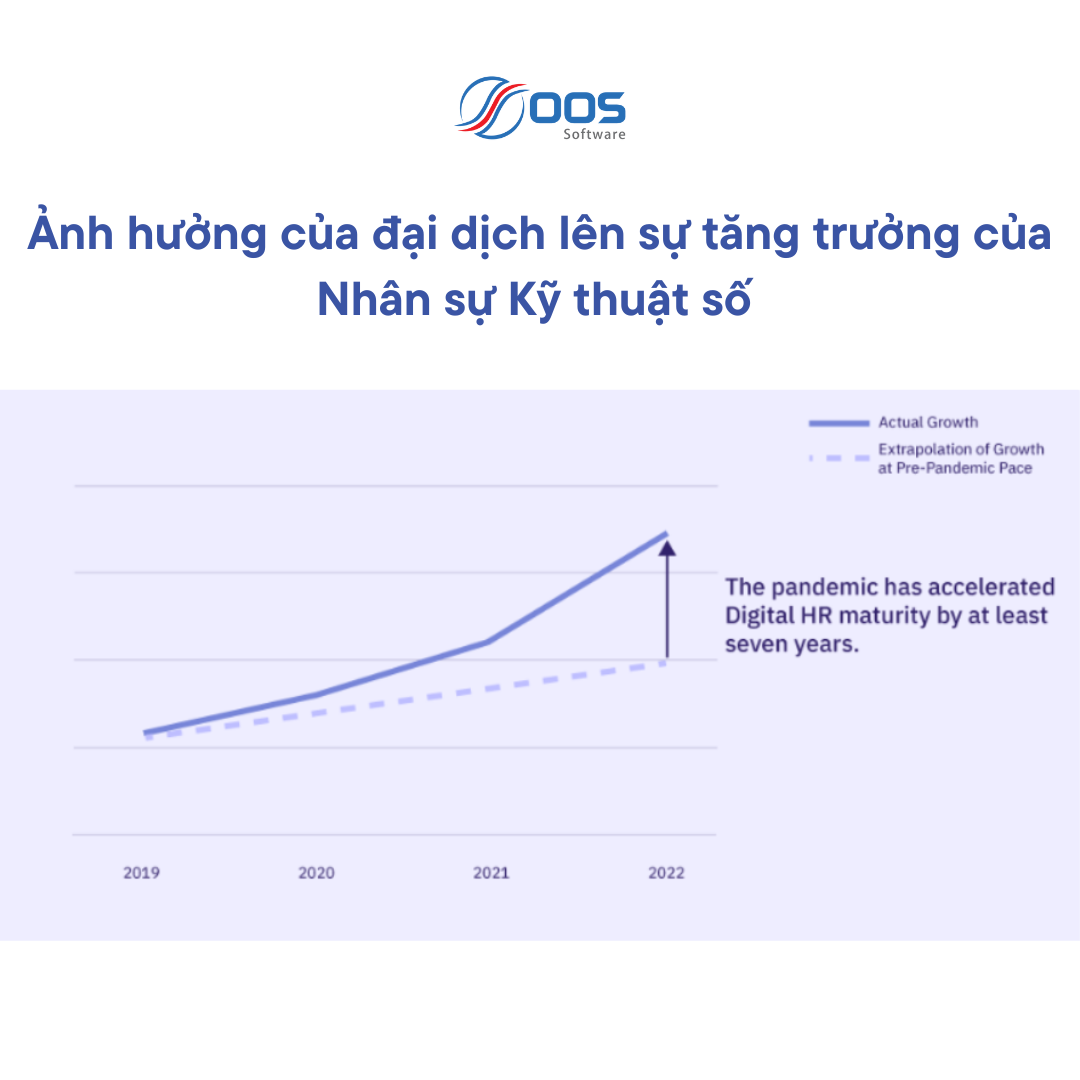
With the rise of experience and the change in employee expectations towards HRM services, the next trend in Digital HRM technologies is emerging. Given the strategic importance of digital for HRM to have a meaningful impact, if we cannot keep pace and move far into the future, HRM risks falling behind and becoming should be irrelevant to the needs of the organization.
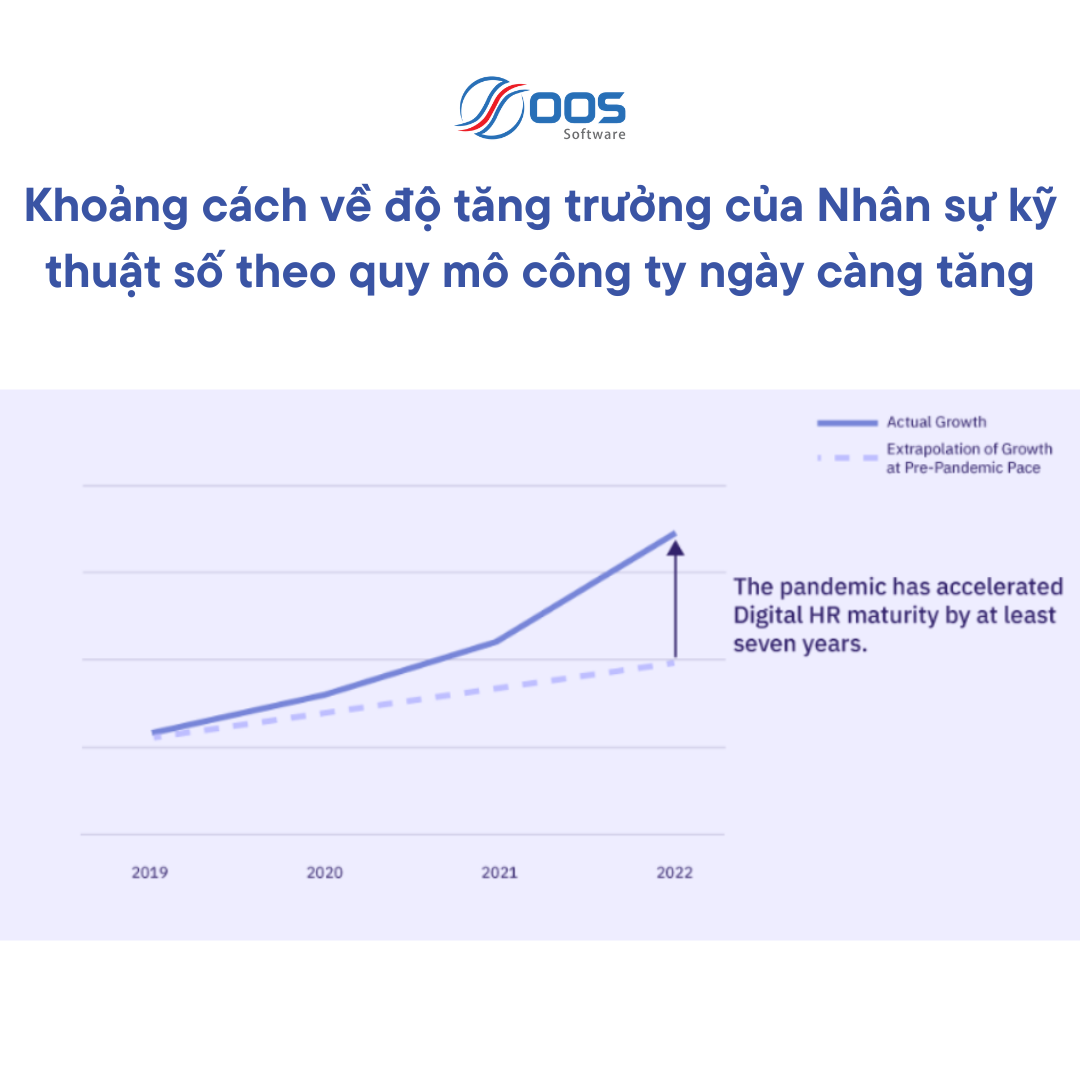
4 Technological Advances that will impact Human Resources Management by 2030
A recent AIHR report highlighted the importance of Digital HR Management to the success of the HR function. In the past, HRM has been criticized for being slow to adopt new solutions, taking a reactive approach, and falling behind in creating the potential value that businesses are looking for.
As new technologies emerge, we will again be challenged from the business side to adapt, adopt and evolve if we are to remain a relevant and valuable strategic partner. treat. Otherwise, we are at risk of being pushed back into the “support” position of the past, and the advances that have been made in strategic HRM positioning since the early 2000s and the ministries during the pandemic become irrelevant.
However, there is an opportunity for HRM to seize the window of opportunity, and there are four technological advances that HRM can take advantage of in the coming years through 2030.
The criteria that were used to identify the technologies:
- These technologies should already exist by now, but limited adoption in HRM environments has taken place.
- There are identified opportunities in how these technologies can be used in HRM services and the associated paradigms of new thinking in HRM operating models, and
- Weigh the future perspective against specific and realistic actions to come up with recommendations that are an action plan rather than just a list of possibilities.
Realize that, due to the pace of technological advancement, by 2030 we will see many more possibilities than those discussed in this article. However, it is a good starting point for HR Management to stay relevant in a constantly changing work environment.
1: Apply AI and Machine Learning to Human Resources Management
Artificial intelligence will become more human-like and integrated into our daily lives, both in our personal lives and at work. We are already seeing the first manifestations of this in voice technologies, facial recognition and voice assistants. Applied artificial intelligence will become ubiquitous, and interaction with artificial intelligence will become a natural phenomenon. We can expect more activities powered by artificial intelligence to become part of our work in the field of Human Resources Management. For example:
- Learning areas: Artificial intelligence will be the main navigator for learning recommendations based on collected personal data and underlying competency models based on real-time assessment data
- C&B: Artificial intelligence will enable personalized reward recommendations leading to a new approach to size design, salary and bonus structures.
- Talent Recruitment: People Management will use artificial intelligence to recommend candidates from within the existing employee network for current and future opportunities, while optimizing and personalizing your approach they build on individual talent preferences to improve the experience and create greater likelihood for talent to join the organization.
- Attrition and Talent Retention: People Management will use artificial intelligence to predict attrition and retention risks based on data metrics that provide real-time information. This information will be used to measure top talent's intention to leave and improve current skill availability.
- DEIB (Diversity, Balance and Inclusion): AI will contribute to DEIB initiatives, having in the past been seen as influencing DEIB efforts.
See more: Digital transformation in business: How to be successful?
Artificial intelligence applied in Human Resource Management
A financial services business has created an AI-led Virtual Assistant called Nemo that acts as the first point of contact for employee questions, guiding questions about practices Manage Human Resources and help employees navigate policies.
Textio is a complementary writing platform that helps companies enhance job applications by writing targeted job postings and detecting social bias throughout the candidate journey to encourage engagement talent included.
What does HR need to prepare?
HRM teams need to start integrating artificial intelligence solutions into their existing HRM processes. Start using trusted AI solutions in high-volume processes, like graduate recruitment or CV screening.
You can also use pre-designed virtual assistants to eliminate repetitive HR Management work. Start integrating these technologies into your People Management delivery model.
Introducing artificial intelligence tools and solutions in the delivery of HRM services requires collaboration with the IT team to ensure that programs are appropriately trained based on on company policies and procedures.
Although there have been great advances in content production using ChatGPT and other innovative artificial intelligence tools, they still suffer from bias and bias. This has become especially evident in cases where companies have used artificial intelligence in their recruitment processes. It is therefore important to establish appropriate governance and review systems to ensure that these tools are used ethically and in accordance with the constantly evolving regulatory landscape.
2: Alternative virtual reality and adventure experiences
Recent years have brought significant progress in integrating the Metaverse and virtual reality into the workplace. Barriers to adoption are primarily based on connectivity, cost and infrastructure issues, which will be resolved over the next few years.
Technology like Metaverse is already being used to improve customer experience in retail and other sectors. As for Human Resources Management, we expect that it will become more integrated into the way we work. Specifically, Metaverse will be used for interaction and creating spaces for teams to collaborate and gather. It will bring remote workers into a virtual space and redefine activities such as job fairs, recruitment and learning.
Although virtual reality was positioned as the next big thing in learning more than a decade ago, it only really took off as barriers to entry into the field were reduced, technology became more more cost-effective, and connectivity and bandwidth are no longer challenges for adoption.
This is already starting to happen, with companies like Walmart, Boeing, and UPS using virtual reality and applying it to training and education. Maryland's Vehicles for Change program has also applied virtual reality to train new mechanics. At the same time, we see companies like Shell increasing safety awareness for 9,000 ti frontline workers through virtual reality.
Tech company Capgemini held their first career fair in the Metaverse in April 2022. Students designed their avatars and used virtual reality glasses (or laptops) to tour the office and meet employers directly. The company used user-generated content on open forums to build a virtual college fair that was familiar to students and promoted their employer brand.
What should HR prepare?
Right now, HR Management can start experimenting with virtual reality.
Start moving some of your large-scale events into the Metaverse, use the options available for job fairs, or organize an internal meeting to bring everyone together. There are already virtual office and event platforms, such as Decentraland or Kumospace, that can be used for this purpose.
To prepare for this trend, explore the possibilities of the Metaverse and apply some of this knowledge to your area of expertise. Why don't you host your next Human Resources Management Conference in the Metaverse?
3: Distributed Infrastructure and Web 3.0
The next technology trend is Web 3.0. Web 3.0 will change the way people interact and engage with web technologies and significantly change how the global web is managed. Web 3.0 is the decentralization of the internet into an online ecosystem and database running on blockchain technology. Unlike the current version of the internet, content ownership will be shared. The web will be a self-governing community, with everyone contributing with absolute transparency and trust.
Specifically, content will be stored in multiple locations. We will move away from storing information in a fixed location and on a single server. Users will have more control as we move away from a few large corporations holding complete authority over what is published online, where it is stored, and how it is distributed.
Blockchain and Crypto projects
Blockchain technology will play an important role in Web 3.0. Blockchain technology allows digital information to be recorded and distributed but cannot be edited. This will be the basis for records and transactions that cannot be altered, deleted or destroyed. It creates enhanced transparency, trust, and security, allowing people to securely transact and work together, and change the way we think about data and privacy. Human Resources Management.
Blockchain will change the way we recruit and could eliminate the need for resumes and third-party vendors to check the accuracy and legality of information. Smart contracts and documentation processes can also benefit greatly from this technology, changing the way we think about HRM activities.
Organizations such as Persol Career Co and IBM have adopted Blockchain for Human Resources Management and there are many investments made by platforms such as Workday. Web 3.0 and the expansion of the blockchain-based digital economy have also begun to change ways of working, with the “passion economy” becoming more popular.
Despite the controversy, Crypto games like Axie Infinity have helped many players make a meaningful income doing what they love. The concept has also spread to other areas, including rewarding users with digital tokens for exercising, browsing and studying.
Crypto projects have used a “learn to earn” model, rewarding users for learning about crypto with tokens, to drive users to their platforms.
Some companies have begun to explore the use of this model by partnering with testing and career development platforms like Network Capital. This platform allows learners to master new skills on a variety of topics at no cost. At the same time, companies can access a large pool of trained professionals in areas where skills are lacking.
What should HR prepare?
For Human Resources Management, Web 3.0 and specifically Blockchain present opportunities regarding the verification of transactional services. For example, salary payments and cross-border and third-party payments can be conducted via Blockchain.
There is an opportunity to reduce payroll waste and increase transparency regarding pay, governance and audit requirements.
Blockchain will also provide us with opportunities in the talent space; For example, it can be used to verify education and experience on CVs, carry out transactions and protect data securely and reliably when we collect information about individuality, such as contracts, benefits and health insurance details.
Web 3.0 will create new ways to interact with employees and provide Human Resources Management services. Start preparing by investing in technology and tools that support Web 3.0 capabilities, such as natural language processing and machine learning.
Stay informed about the latest developments in Web 3.0 technology and consider how you can collaborate with IT and data science experts to help develop and implement strategies new in the organization.
Advancement 4: IoT and 5G
The Internet of Things, or IoT, refers to the interconnectedness of smart devices, wearables, and other technologies. IoT is often mentioned as one of the technological developments with great potential for the future, but this has not received much attention in the field of Human Resources Management.
While there are valid concerns about the ethical use of data, privacy, and employee consent, organizations can adopt responsible approaches to integrating IoT into their practices. their work practices. For example, provide transparency to employees about what information is being collected and how it is being used, and allow them to opt in or out of specific interventions.
IoT and new service channels
IoT will affect Human Resources Management data, software, and hardware. IoT will bring a more integrated employee experience of HR Management, and you can also provide HR Management services anytime, anywhere and on any device. The explosion in mobile HRM over the past years has begun to put this into perspective, but the possibilities that IoT will provide are yet to be explored.
HRM will adopt new service channels, for example, by using smart watches and devices to access HRM services, sharing HRM information and processes across different devices and collect more employee data to provide integration recommendations. This could lead to developments in employee safety, with sensors providing proactive warnings to employees when interacting with the work environment.
Imagine your learning chatbot starts noticing that you've scrolled past specific social media posts on your mobile device, so it creates learning programs based on changing interests your. You will see the world's affiliate network change the way to optimally personalize Human Resource Management services.
You will also have the opportunity to switch to content that is typically loaded with higher bandwidth, accessed using 5G. For example, video and voice technology will radically change the school landscape and the learning experience. With the advent of 5G, this will be made available to everyone, regardless of location, and change the quality of the learning experience for the better.
On a practical level, IoT will open new opportunities for HRM analytics as new data sources become available and integrated into evidence-based HRM decision practices. You will also see the benefits of IoT in the areas of employee health and development; You will be able to integrate broader sensors of employee health and wellness to manage employee health risks within the organization.
For example, one financial services provider we spoke to has been testing a wearable to track key health metrics for employees to help with physical and mental health. This data is tracked with employee consent and used to make personalized recommendations to improve their health.
What should HR prepare?
As HR Managers, we can start experimenting with real and virtual reality experiences.
Start moving some of your large-scale events into the Affiliate Network, using the options available for a career fair or hosting an in-residence meeting to bring everyone together. There are now virtual office and event platforms, such as Decentraland or Kumospace, that can be used for this purpose.
To prepare for this trend, explore the possibilities of Affiliate Networks further and apply some of this knowledge to your area of expertise. Try hosting your next HR Management Conference in the Affiliate Network?
Update workplace policies and create a clear Affiliate Network code of conduct that aligns with your values and provides a behavioral framework for how employees interact and participate.
Networking and its impact on the world of work can be stressful, and HRM professionals will need to manage not only their own indecision but also that of their employees. Therefore, practitioners must explore more Network-related communities, stores, and games, to better understand how users behave in virtual worlds and identify potential opportunities for their use. Using technology in the organization.
OOS Software has more than 10 years of accompanying many businesses and corporations. Contact now to get advice on Recruitment Software for your Business.
